1. Passive Solar Greenhouses
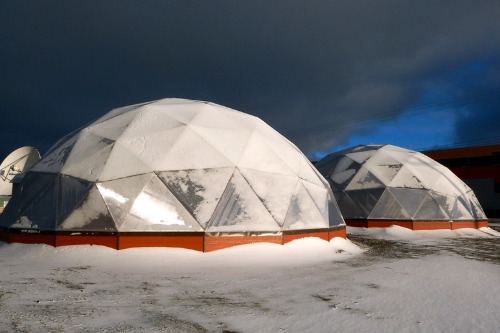
Passive solar greenhouses are designed to store heat in thermal masses—like water barrels or stone walls—and release it overnight. In theory, this reduces your heating bill and extends the growing season. But they require very careful orientation, insulation, and internal layout to work well. Most backyard builders don’t have the experience or patience to pull that off.
Get the angle of your roof wrong, or skimp on insulation, and your heat savings vanish. They’re also better suited for large structures, which makes them overkill for a casual gardener. The complexity involved often outweighs the benefit, unless you’re super committed. So they tend to remain underutilized despite being smart in concept.
2. Geodesic Dome Greenhouses
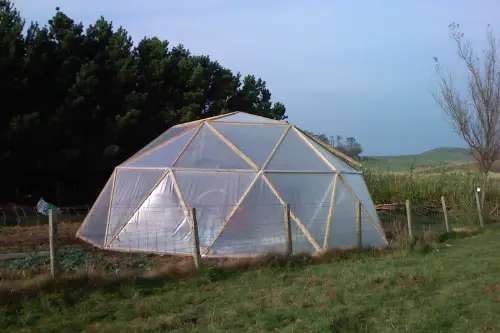
Buckminster Fuller’s geodesic domes look like the future of gardening—super strong, naturally light-distributing, and incredibly wind-resistant. They have a certain visual appeal, almost like you’re growing food inside a spaceship. But the truth is, they’re rarely built because the materials and angles are a nightmare to DIY. Even experienced builders struggle with cutting all the struts correctly.
Assembly takes much longer than standard rectangular frames, and replacement parts aren’t exactly available at your local hardware store. Plus, interior space can feel awkward to use—shelving and standard tools don’t fit well against the curved walls. Heating and cooling a dome evenly also turns out to be trickier than people expect. It’s one of those ideas that looks amazing on Instagram but stays there.
3. Underground Walipini Greenhouses
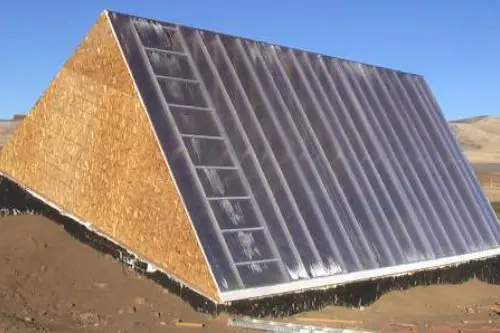
The Walipini, a sunken greenhouse design from South America, promises year-round growing by using the earth’s natural insulation. It sounds brilliant in theory—bury your greenhouse, trap geothermal heat, and grow tomatoes in January. But in practice, it’s rarely used because building one correctly requires precise drainage, waterproofing, and ventilation. Most DIY versions end up flooding or getting moldy.
Even small miscalculations in the slope or waterproof membrane can lead to big problems. Plus, digging a giant hole isn’t feasible or legal in many suburban or urban areas. Excavation costs alone often exceed the budget of the average backyard gardener. So while the concept is smart, it’s usually more trouble than it’s worth.
4. Shipping Container Greenhouses
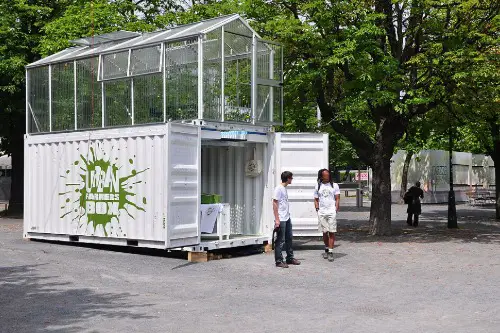
Turning an old shipping container into a controlled grow environment is a favorite among urban agriculture enthusiasts. It’s a clever reuse of existing materials and gives off serious “industrial chic” vibes. But despite the trendiness, they’re rarely practical for home gardeners or small farmers. Modifying a steel box to have proper insulation, airflow, and light access can get very expensive very quickly.
Many underestimate the amount of power needed for the artificial lighting and climate control these units require. Without windows, you’re forced to rely entirely on technology to mimic nature. They’re also incredibly heavy, immobile, and often require permits. So while they seem smart, they’re more of a niche solution for startups than everyday growers.
5. A-Frame Greenhouses
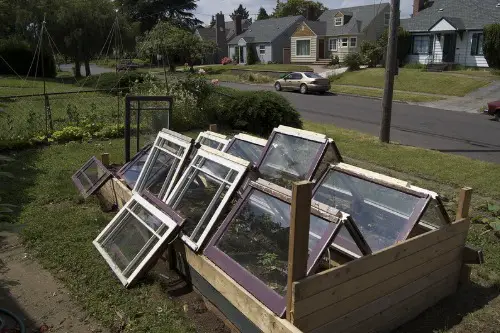
A-frame greenhouses look like a clean, minimalist solution—easy to build, cheap to cover, and great at shedding snow. At first glance, they make sense, especially in northern climates with heavy winter loads. But once people start using them, they quickly find out the interior space is severely limited. The steep walls mean there’s very little usable headroom on the sides.
This leads to awkward growing zones and wasted floor space. Heating can also be inefficient because of the high ceiling point where warm air collects. The design sacrifices functionality for structural simplicity. It’s often built once, then abandoned for a more spacious shape.
6. Lean-To Greenhouses
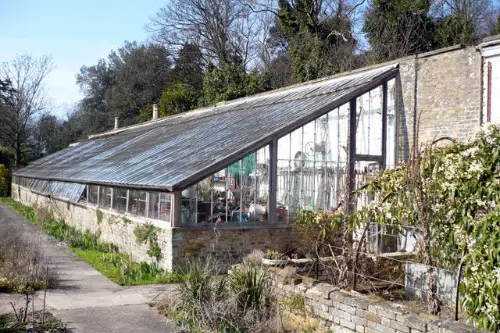
A lean-to greenhouse, attached to an existing wall of your home or garage, seems like a space-saving dream. You can use the house’s heat and structure to your advantage, theoretically reducing costs. But in reality, these greenhouses often suffer from poor light exposure because they’re usually limited to one or two glass walls. That makes it hard to maintain consistent temperatures and airflow.
Moisture buildup against your house wall is another concern, especially if the connection isn’t well sealed. Plus, most homes aren’t oriented perfectly to the sun, so you may end up with long periods of shade. Many people build these hoping for convenience, but they end up frustrated by the limitations. That’s why you rarely see them in practice, despite the logic behind them.
7. Rotating Greenhouses
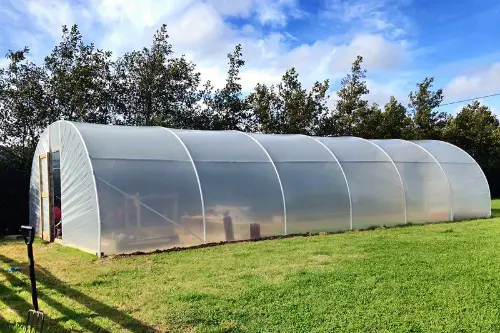
The idea of a rotating greenhouse—either rotating walls or full structures—is meant to maximize sun exposure as it moves through the sky. Some even use solar tracking systems to rotate automatically, which sounds incredibly high-tech. But these systems are expensive, mechanically complex, and prone to failure. One broken motor or tracking error and the whole thing loses its purpose.
The engineering and maintenance needs are far beyond what most gardeners are willing to handle. There’s also the issue of uneven wear on the moving parts and difficulty growing plants in a shifting environment. They look like innovation at its finest but rarely offer a real-world payoff. You’ll see them in agricultural R&D, but almost never in someone’s backyard.
8. Inflatable Greenhouses
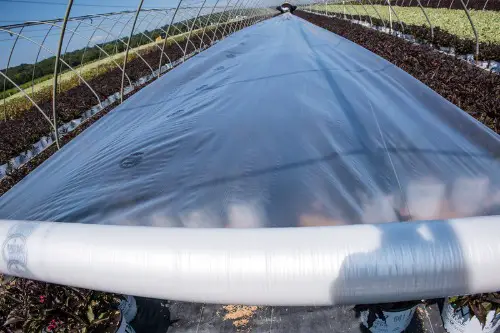
Inflatable greenhouses use air pressure to create a light, insulated space quickly—like a giant bubble tent for plants. They’re sometimes deployed in disaster zones or remote research sites, where speed and portability matter most. But outside of those contexts, they’re too fragile and finicky for regular use. Even a small puncture can collapse the whole thing.
They also tend to have poor insulation and require constant power to stay inflated. Most can’t handle strong wind or snow without damage. Replacing or patching the material is more work than it’s worth for most hobbyists. While clever and cool, they’re far too impractical for everyday greenhouse needs.
This post 8 Greenhouse Designs That Seem Smart But Rarely Get Used was first published on Greenhouse Black.
